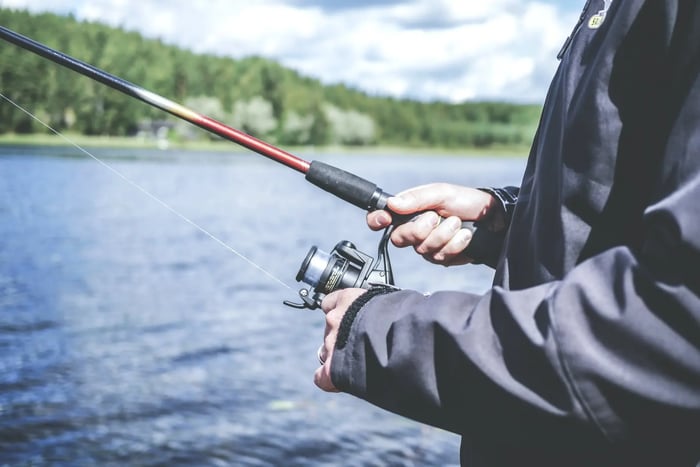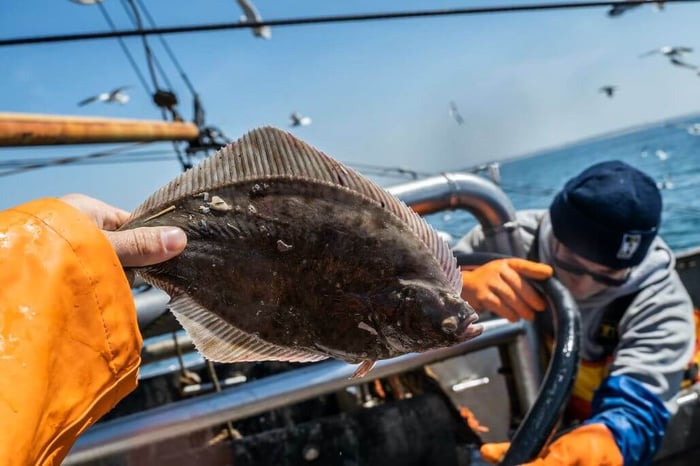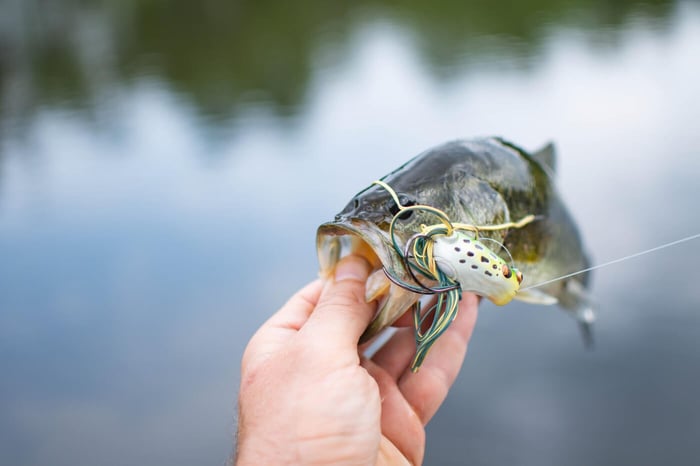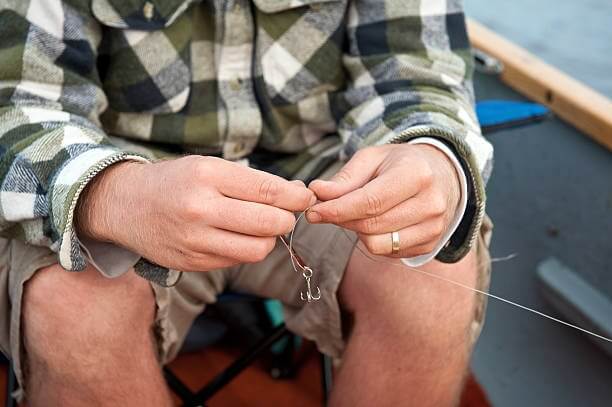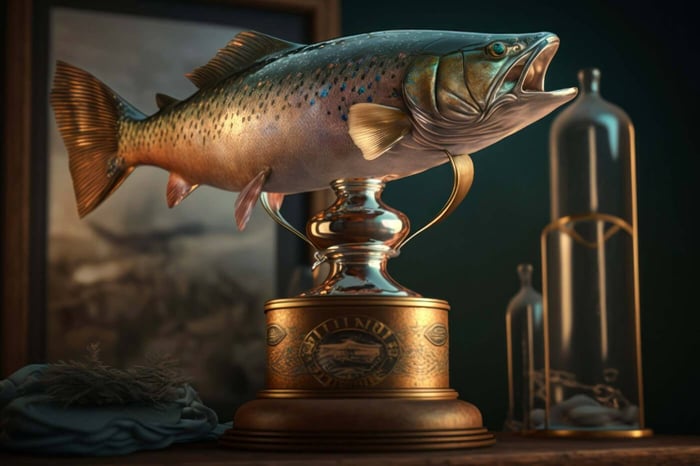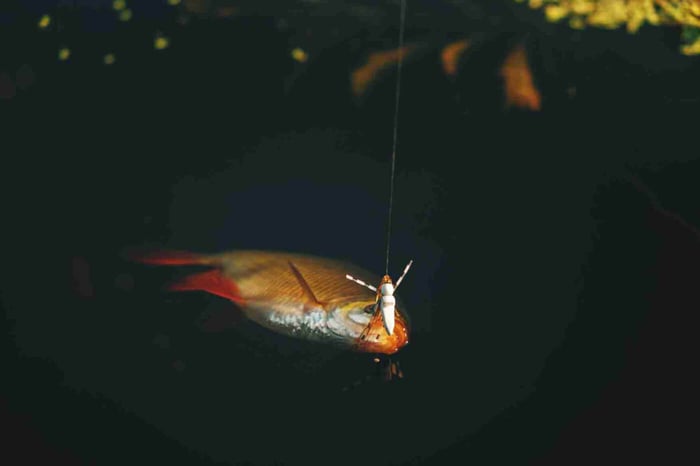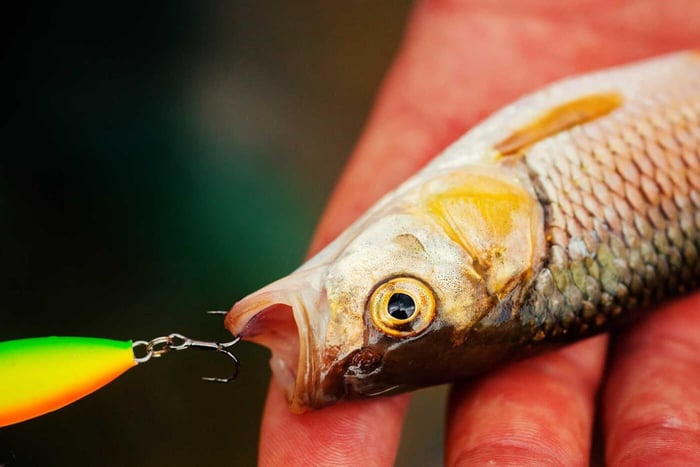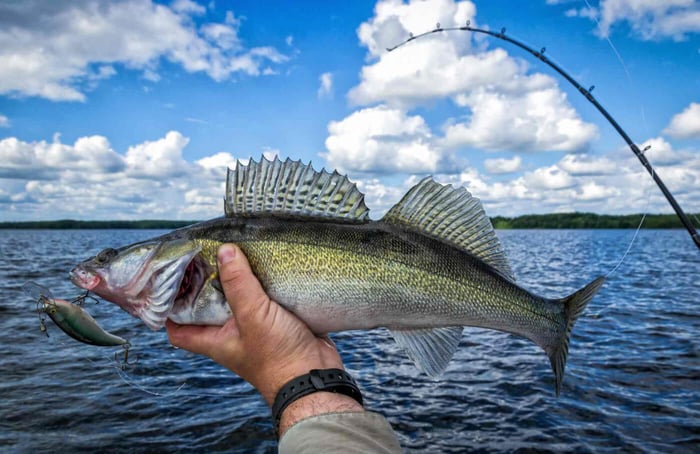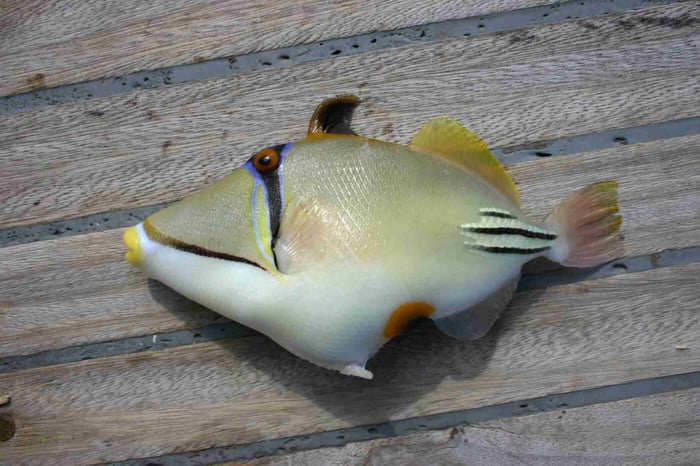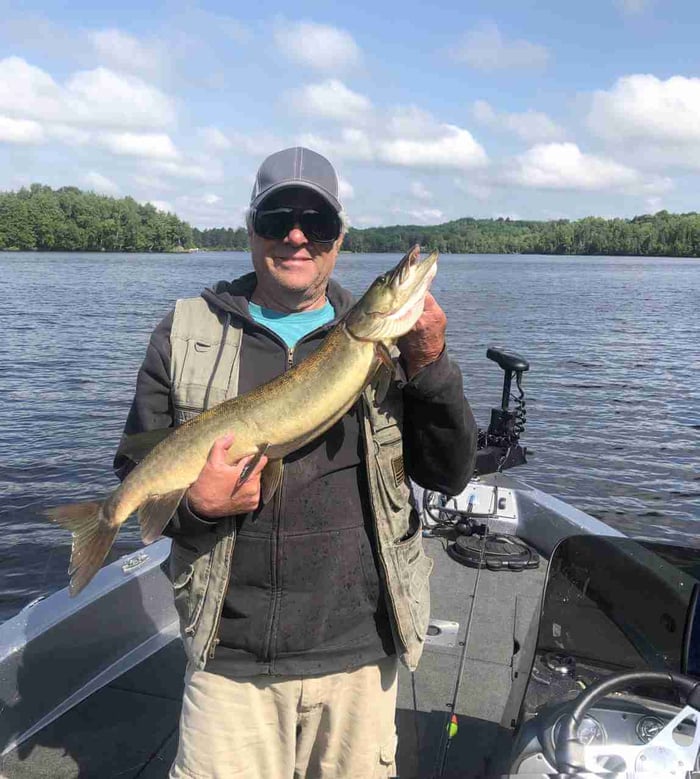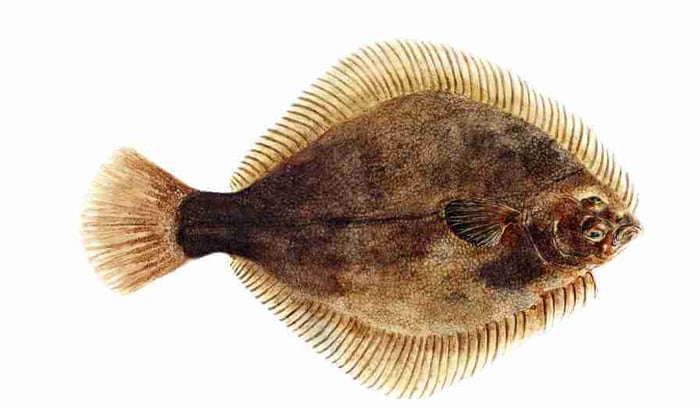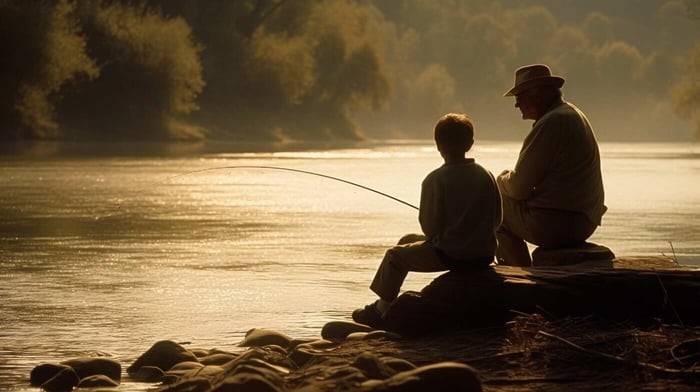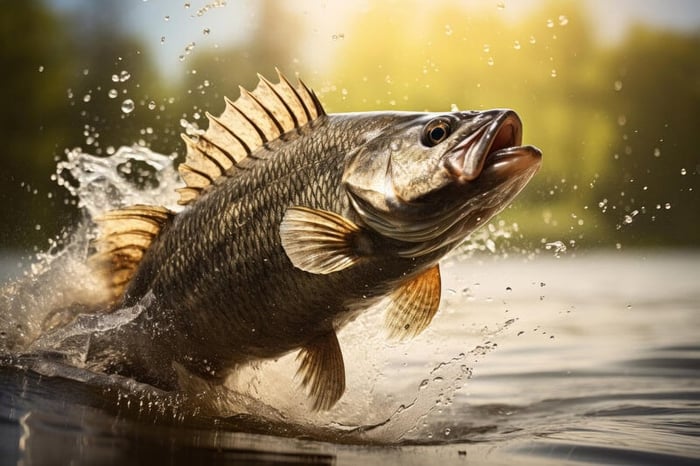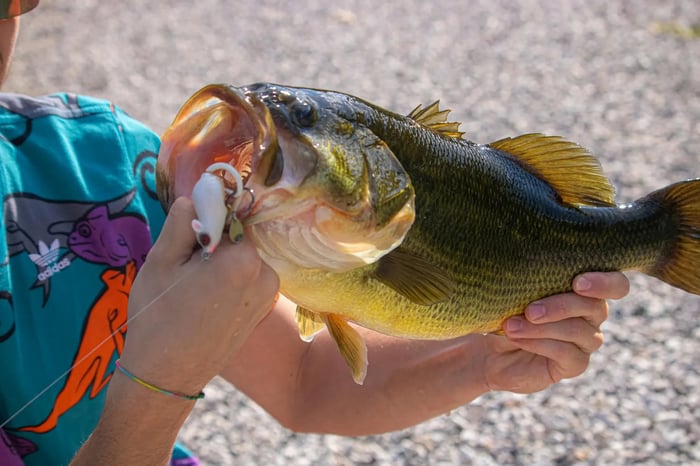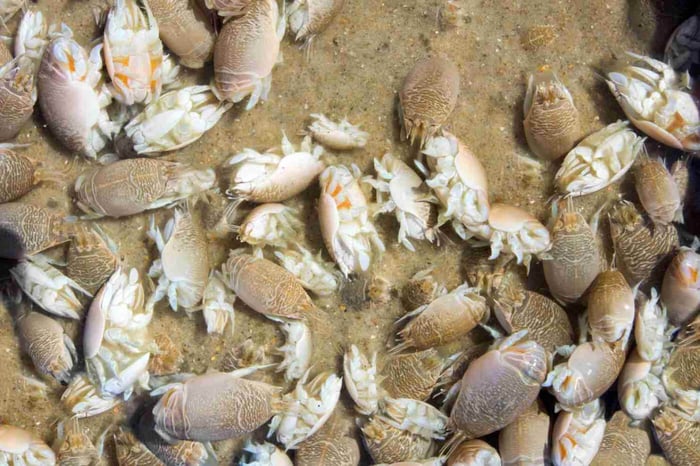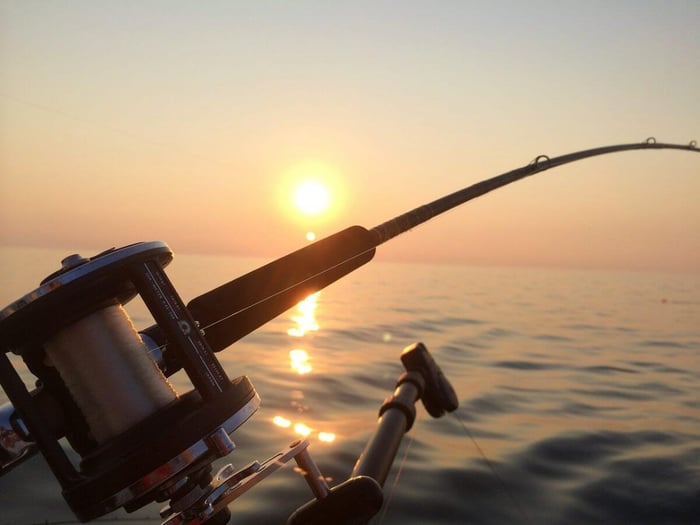Fishing Inshore Must-Knows

Want to try fishing inshore? Sure, at first, it may appear to be a daunting activity. Especially if you are a beginner with no experience at all, it can get a little bit more complex than it should. But don't worry, we've got you covered. In this article, we will guide you through the various ways to do inshore fishing and some tips and tricks you can use to guarantee a sure catch. With this, you will be able to start your angling journey with no sweat.
First, let us walk through the basics. What is inshore fishing? By definition, it is a fishing activity where an angler is positioned within a mile or two from shore. The water can be as deep as fifteen (15) feet deep to twenty (2) feet deep.
Since you will be on standby close to shore and not nearshore or offshore, you can get a lot of incredible perks. As such, reaching the fishing grounds from the inshore makes you more likely to catch more fish even on a short-lasting trip. Furthermore, since the waters closer to the shore are calmer than the deep blue ocean, it instantly becomes a much safer option for you and your family, especially if you bring along your kids. What's more, if you suffer from intense motion sickness, fishing inshore is also the better option for you!

On a side note, it may be hard at first, but you'll come around. You will appreciate a couple of options to enjoy fishing inshore. This is also the best activity to relax and clear your head outdoors. Hungry? You can also take some catches home, store them in your freezer, or grill them for dinner immediately. Want to spend time with your loved ones? Take them inshore fishing and get that amazing family trip you've always wanted. Or perhaps you just want to load off some stress from the busy and buzzing life in the city? Grab a bow and shoot your shot —a fish will bite into your lure, and it will surely make your day.
Now, let's get in-depth about inshore fishing. First, let's discuss the most popular inshore fish. Next, let's review the different types of inshore fishing. Then, let's discuss the various inshore fishing techniques one by one. Plus, we'll give you some fishing tips, too! Finally, we will lay down our final thoughts and general overview of inshore fishing and whether or not you should go for it.
INSHORE Vs. OFFSHORE

First of all, it is important to differentiate between inshore fishing and offshore fishing.
As such, the most simple and straightforward way to differentiate the two is by the location where you'll go fishing. Offshore activity is a "deep sea" fishing activity, which involves fishing around water that goes as deep as thirty (30) meters. It also includes a wide range of deep-sea fishing activities that offshore anglers utilize during the whole trip.
On the other hand, inshore fishing is simply an "inshore bays fishing" activity where anglers target perfect fishing spots along the coast, on inshore bays, or in an inlet from a boat to do their thing.
In terms of the length of the trip, inshore fishing typically takes three to four hours only but can go a full day. Contrastingly, offshore fishing can take six hours by standard but can go as far as a 3-day excursion whenever deemed necessary.
THE MOST POPULAR INSHORE FISH SPECIES

Inshore fish species are, most often than not, smaller or less flashy than those found in deep blue oceans. Of course, you can't locate fish such as a Marlin, or any kind of Tuna while inshore fishing. Still, there are a lot of fish specifies that you may catch. Overall, catching fish is still a worthwhile experience, regardless of the fish you get.
Listed below are the most popular inshore species and some fishing tips to get a good catch:
Redfish
First on the list is the redfish, perhaps one of the most popular inshore species in the United States. Redfish fishing has become a staple in any good fishing areas, somewhere along the Gulf and Atlantic waters. At times, people refer to them as "red drums" due to the grumbling sound they make during the spawning season, which somehow resembles the sound of the drum beats.
What's good about redfish is that they are available year-round long. After all, they run in large schools.
Flounder
Next on the list is the South's favorite inshore fish called the flounder. This is another very popular inshore species. Flounder fishing has increased in popularity among groups of inshore anglers due to its good table-fare quality and the flounder's mild flavor and smooth texture.
When people aim for flounder, they use a special fishing technique designed to catch that kind of fish. On the other hand, flounder has Pacific relatives called the California Halibut, which are a good alternative in case you live far and the only accessible fishing area is somewhere along the West Coast.
Just like redfish, Flounder is up for grabs all year long. However, you should note that catching one during the Winter season won't be as efficient as compared to Summer, Spring, and Fall.
Spotted Seatrout
Another inshore species is called the Speckled Trout or simply Specks. This inshore fish is a common target for both beginners and seasoned anglers. Hence, if you are just starting your fishing journey somewhere along the Gulf Coast, you are more likely to catch Spotted Trout than fish of other kinds.
As a piece of advice, if you aim for this fish inshore, you should schedule your fishing trip during fall. This is because speckled trouts tend to congregate in more shallow water, allowing you to catch them easier and faster.
Tarpon
We have here the Tarpon fish, also called "Silver Kings." As such, these inshore species have become a staple in inshore fishing due to their long leaps and cheeky acrobatics. In fact, anglers from other parts of the United States drive as far as Florida every year to try their luck against these dogged fighters. This inshore fish is also known as a good saltwater species. So, this is probably what you'll harvest during your inshore saltwater fishing.
Although to be frank, tarpon fish is not exactly the best fish to catch during your first fishing activity. However, you should definitely make sure to catch one on your succeeding fishing trips. Especially if it's inshore saltwater fishing.
Sharks
Are you thinking of spending your next fishing trip with your kids? Then, sightseeing and catching some sharks is a good option. Kids will have their heads turned up, dazed, and interested when they hear about sharks. As such, you are more likely to keep them engaged during the trip if you catch some sharks.
There are specific kinds of sharks, such as Bonnethead or Blacktip Sharks, which you can find as inshore species. As a matter of fact, you can enjoy lots of fun as a fresh angler on your first fishing adventure. Moreover, this inshore fish is not a picky eater and will bite the trap no matter what food you throw in the water.
If your budget allows, you should find a charter captain specializing in family trips to ensure the best possible experience.
TYPES OF INSHORE FISHING

Now, let's discuss the different types of inshore fishing. Do you want to catch fish from a boat or from shore? Let's discuss the advantages and disadvantages of each type of inshore fishing. While we're at it, note some tips and approaches you may choose from and decide upon, depending on what suits you best.
From a Boat
Let's start with inshore fishing from a boat. Hiring a charter boat is the best way to go about your fishing trip, especially if you want it to be hassle-free. The package includes a captain who will guide you about the fish's whereabouts and how to catch them. So, if you are a beginner, you should try this first so you will get all the guidance you need to get started. Imagine you get a boat and a professional side-by-side to show you how it's done —very conducive to learning, right?
Moreover, when you rent a charter boat, you usually also enjoy the perks of fishing gear and necessary licenses. The captain usually provides these, and they are included in the price of your fishing trip.
Still, you should not relax too much and leave the hard work to the captain. You should also do your part and get immersed in fishing. Moreover, you should dress and pack the essentials before hopping into the boat. If you have extra time, read some fishing articles and online guides a day before your charter trip. This is so you will not be completely clueless about what awaits your fishing adventure, even if you are a beginner.
From Shore
Another type of inshore fishing is done from a shore. One of its perks is that you can also reach the fishing grounds from the shore - amazing, right? To go further, there are various ways to do inshore fishing by the shore. You can wad in grassy flats, catch from fishing piers and fishing bridges, or simply cast from the beach. Which choice is better depends on you, your preference, and where you'll be fishing. So, before your fishing adventure, plan it to avoid inconvenience and minor interference.
Also, you'll need to prepare an appropriate rod, reel, and tackle setup for your trip. Frankly speaking, acquiring a foolproof one-size-fits-all gear set is impractical since inshore fishing is such a broad term. But just to give you an idea, here's an example of an inshore setup to steer you in the right direction:
-
6–7′ medium heavy rod
-
25–30 size reel
-
20 lb monofilament line
-
Live bait from your local tackle shop
The list below should be enough to get you started on this amazing fishing journey. As soon as you figure out what works best in your chosen fishery, you can change the setup immediately or at a later date.
Popular Inshore Fishing Techniques
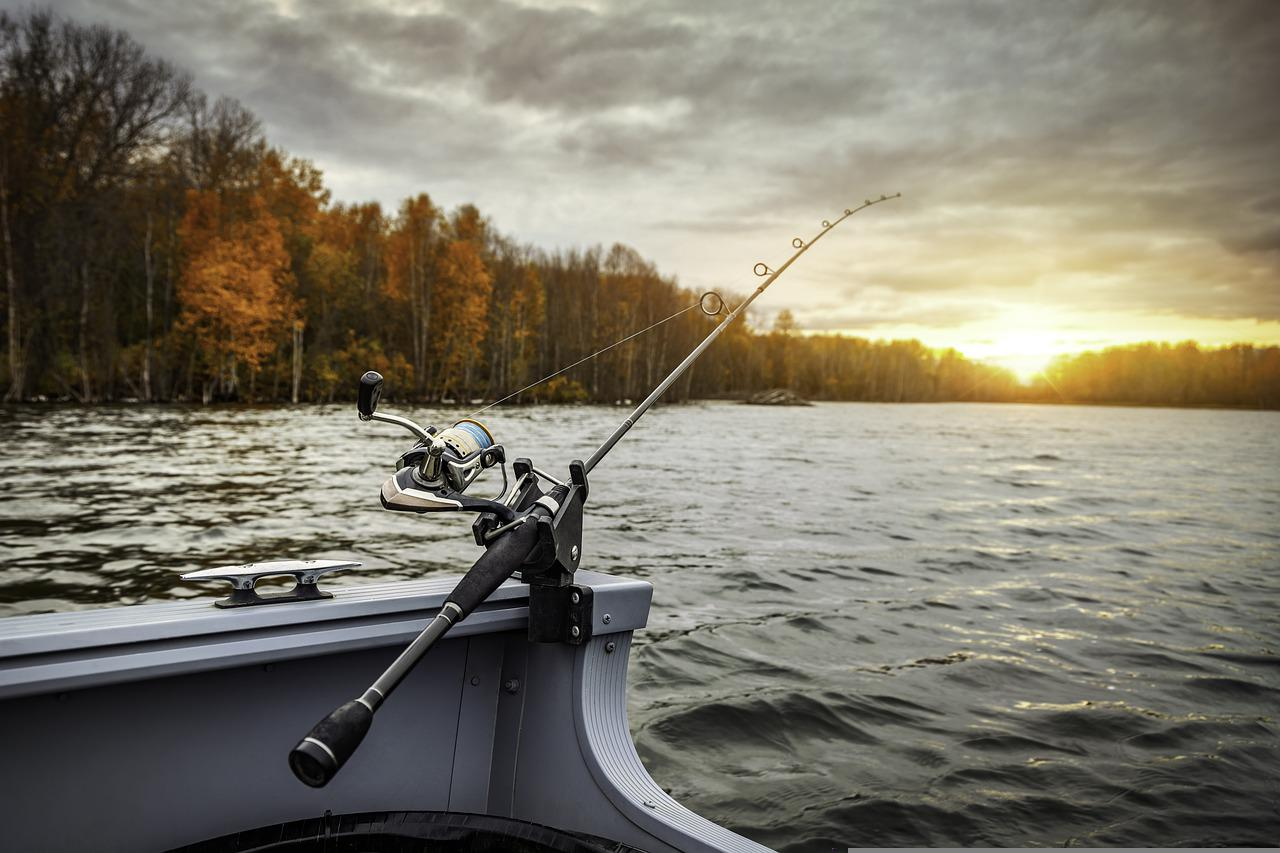
After covering the basics of inshore fish species and the different types of inshore fishing, let's discuss in detail the popular ways to catch these fish.
Listed below are the popular inshore fishing techniques:
Drift Fishing
Drift fishing is what you would normally picture when talking about inshore fishing from a boat. Basically, you rely on the water current to steer the boat, all the while dragging your bait along and waiting for some fish to bite into your fishing lures. However, if you think that drift fishing is as simple as turning off the engine and sitting around until the fish falls into the bait, you are completely wrong.
In a specific instance, people usually use drift sock systems to keep the boat properly aligned and moving in the right direction. As such, having an expert or receiving help from the captain is also important, especially if it is your first time.
Drift fishing is the way for fish species such as Redfish, Speckled Trout, and Sharks. Furthermore, this technique is more suitable for fishing trips with families and friends. Just prepare some frozen shrimp or live shrimp to bait fish.
Bottom Fishing
If you want to catch some delicious fish for your next meal, bottom fishing is the way to go. To do this, run around the vicinity where bottom readers gather in large numbers. Next, anchor the boat and get started with your fishing activity. In this technique, you can catch fish species such as Flounder, Seabass, and Grouper.
Just a side note, if bottom fishing from shore is what you decided upon, it is advisable to get settled down at a pier. As such, fishing at a pier will allow you to lower your fishing lures without the risk of long casting. As much as possible, find a place close to any kind of underwater structure to increase your chance of catching some fish. Follow these fishing tips to guarantee a good catch.
Bowfishing
Fishing is already an interesting craft, but imagine doing it with a bow and arrow in your hand. It is definitely on a whole different level. You cast your bow from a boat, either an airboat or a more classic flat-bottomed vessel. There is also no need to worry about losing the arrow if you miss the fish since there is a reel connecting the arrow to the bow itself.
For the obvious reason, it is not ideal to do bow fishing in deep waters since you can't possibly hit or find fish if you can't see them. So, the best advice is to stay around shallow water to make it more sustainable. Some of the fish species you may catch are Redfish, Gar, Flounder, and many more.
To make the experience extra special, you should plan the trip at night, with your boat packed with strong and bright lights which will fundamentally help you see the fish below the shallow water.
Flounder Gigging
To reiterate, people use a special technique to catch some Flounder fish. This technique is called flounder gigging. As such, it involves using a special spear, a gig, to stab a Flounder from your boat. Overall, this inshore fishing technique is very popular in Texas, but you can also see people practicing this method along the Gulf Coast.
Just like Bow fishing, you can do flounder gigging at night, just make sure to include some good LED lights to get a better sight. In a general overview, flounder is up for grabs all year round. However, it is in your best interest to plan it during summer or fall to increase your chances of catching fish.
BUCKLE UP, PACK YOUR THINGS, AND GO INSHORE FISHING
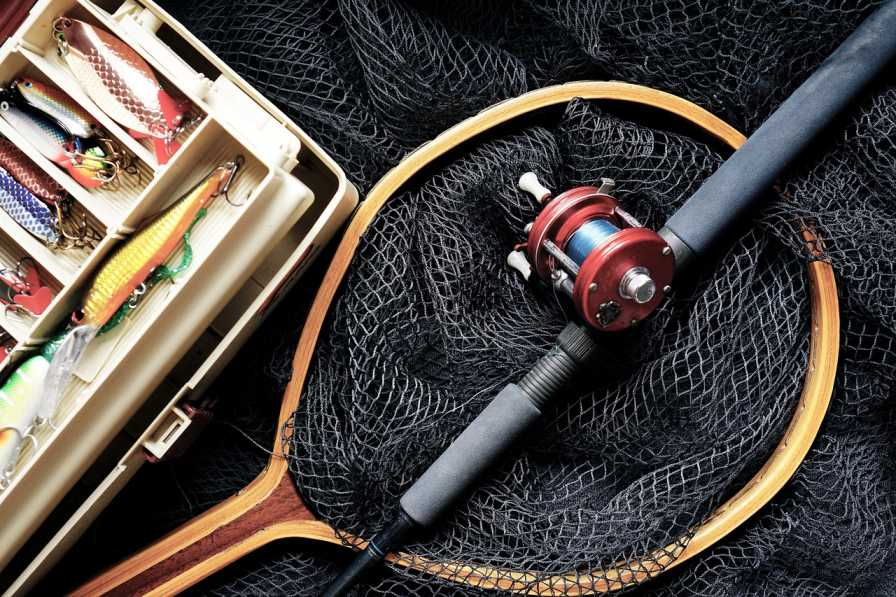
In conclusion, the best way to gain expertise from something is to approach it step-by-step. Do not rush the process nor pressure yourself to become good at it immediately. Just like inshore fishing, everything takes time. You just need to have the patience to wait and the diligence to continuously practice your craft.
If any, inshore fishing is the perfect way to start your fishing activity and acquire good angle credentials. Moreover, inshore fishing is a good activity to share with your friends and family —bond with them, share some laughter, and celebrate the glory of catching some fish together.
All you need to do is decide upon which inshore fish species you want to catch, what type of inshore fishing you want to do, and what available techniques you can employ during your fishing adventure. With that said, take note of the inshore fishing tips listed above to get a seamless experience in catching fish. In line with that, you should also be aware of a few inshore fishing equipment to bring along with you.
Now, buckle up, pack your things, and off you go on your first inshore fishing trip!
